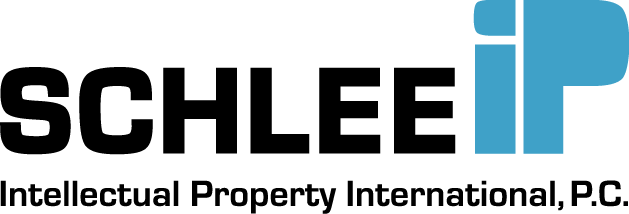Acceleration of patent prosecution at the USPTO and EPO
V. Timing and effects of acceleration options for patent prosecution at the USPTO and EPO
Download PDF
1. Overview procedure USPTO and EPO
2. Search and Examination
3. Continuing patent applications
4. Appeal options
6. Quick reference guide
V-A. Acceleration options at the USPTO
In general, prosecution speed is moderate to a high at the USPTO compared to many other patent offices. The USPTO has made significant efforts over the last years to speed up prosecution, even if no specific acceleration measure is taken. In addition, various other acceleration options exist at follows:
Age-related or health-related petition to make special
Any Inventor or Applicant that is an individual qualifies for petitioning to make special based on age over 65 or on health. A specific evidence for proving age is not required, but a declaration or if represented by an attorney by that attorney is necessary, confirming that the attorney verified the age. Caveat: The Office of Petitions sometimes has a backlog deciding about petitions to make special, resulting in a delayed decision about the petition and therefore defeating at least partially the purpose of the petition. Paradoxically, depending on the stage of the proceedings, the petition to make special can delay rather than accelerate prosecution. It may therefore be worthwhile to check the USPTO’s backlog on petitions to make special before deciding to file one. Details for requesting can be found on the USPTO website under Make Special – Age and Health.
Patent Prosecution Highway Request (PPH request)
While the implications of a PPH request are manifold and differ widely from country to country, one of the implications at the USPTO is acceleration. The various implications can be checked at the PPH portal put together by the Japanese Patent Office (JPO). The data provided by various patent offices and posted by the JPO on the PPH portal is spotty, but it reflects for instance for US patent applications for the time frame July 2016 through December 2016 that the grant rate is 81.36% with PPH versus 68.65% without, and the First Office Action allowance rate is 21.84% with PPH request versus 12.91% without. The average pendency from filing the PPH request to a first office action is 7.28 months while the average pendency from PPH request to a final decision is 19.11 months. Although no comparison is given on the latter two data comparing the pendency duration to non-PPH request cases, the numbers still appear to indicate acceleration. For filing a valid PPH request, a Notice of Allowance or a positive Office Action (if PCT-PPH positive “Written Opinion”) needs to have issued in a corresponding patent application within the same patent family in a country participating in the PPH program, and the claims before the USPTO need to sufficiently correspond to the claims that received the positive Office Action or Notice of Allowance. More details can be found on the USPTO website under Patent Prosecution Highway (PPH).
Track One; Prioritized Patent Examination
This option is named “Track One”, or by its more generic expression Prioritized Examination, sometimes just referred to as “Fast Track”. The Track One Request needs to be filed with the application, or if a Request for Continued Examination (RCE) is filed, the Track One request needs to be filed prior to the mailing date of the first Office Action in the RCE proceedings. The large entity fee for Track One is $4,000 (small entity $2,000, micro entity $ 1,000). A few additional strings are attached to the Fast Track option, like having 30 or fewer claims encompassing only up to 4 independent claims, and accepting a preliminary telephone interview with the Examiner. Opting for fast track means that not only the USPTO bears the burden of working fast, but also the Applicant needs to cooperate, for instance by replying to Office Action within the regular time limit as a request for time extension terminates the Track One status. However, if done right, an issued patent can be obtained in less than one year, sometimes even significantly less such as within half a year. A Track One request can also be filed for a Continuation application, so missing the Track One request in the parent application can be remedied by filing a continuation application under Track One.
V-B. Acceleration options at the EPO
Acceleration Request under the PACE programme
The European Patent Office (EPO) offers a wide open acceleration policy, meaning that any Applicant qualifies for acceleration at any time, both in the search and in the examination phase. No fee is required and no reason needs to be stated. However, the Applicant needs to make sure to reply within set time limits without requesting time extensions since such time extensions eliminate any pending acceleration. Also, since January 1, 2016, a separate PACE Request Form 1005 is required. The results of filing PACE requests is a little inconsistent across the various technical field since Examining Divisions balance their work load. Generally, it can be said that the acceleration is taken seriously at the EPO and results in by far most cases in a significant acceleration.
Patent Prosecution Highway Request (PPH Request)
Although as to date the EPO still has not provided data on the various implications of PPH Requests, it repeatedly confirmed that it treats PPH Requests like a PACE Request, meaning in by far most cases a significant acceleration balanced against the work load of the specific Examining Divisions is accomplished by a PPH Request. Like with a PACE Request, time extensions terminate the accelerated examination.

 English
English Deutsch
Deutsch